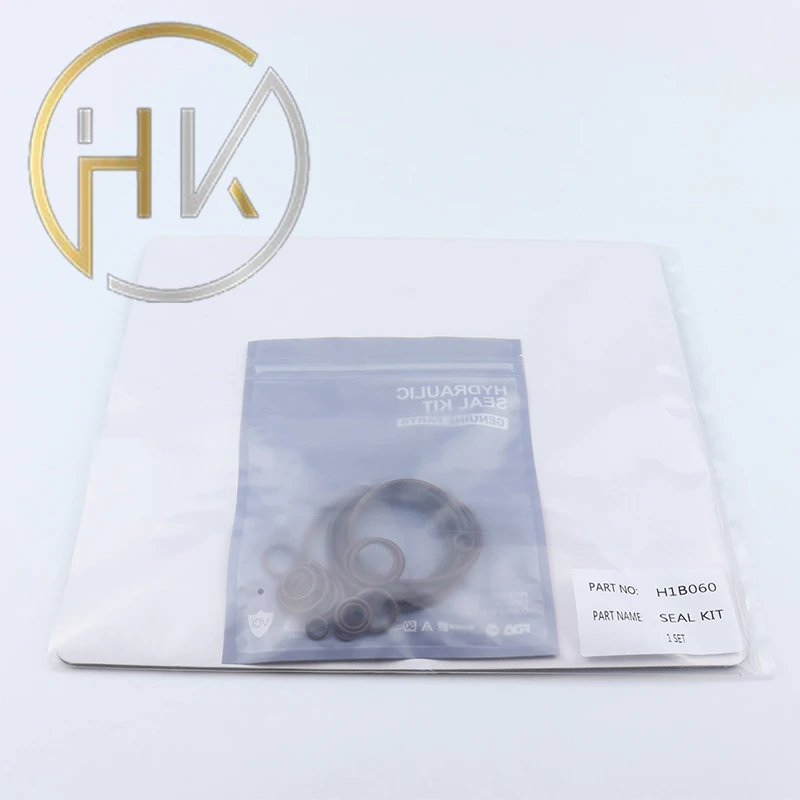Oct . 15, 2024 17:45 Back to list
hydraulic cylinder seal kit material
Understanding Hydraulic Cylinder Seal Kit Materials
Hydraulic systems are crucial in various industries, from manufacturing to construction, and they rely heavily on the efficiency and reliability of hydraulic cylinders. One of the most critical components of these cylinders is the seal kit, which ensures that hydraulic fluid is contained within the system while preventing contamination from external elements. The materials used in these seal kits play a pivotal role in their performance and longevity.
Hydraulic cylinder seal kits typically contain a variety of seals, each designed for specific applications
. The most common materials used in these seals include Nitrile Rubber (Buna-N), Polyurethane, and Fluoroelastomer (FKM). Each material has unique properties that make it suitable for different environments and conditions.Nitrile Rubber (Buna-N) is perhaps the most widely used seal material due to its excellent resistance to petroleum-based oils and fluids. It is also affordable and performs well in temperatures ranging from -40°F to 250°F. However, its resistance to aging and heat can be a limitation in high-temperature applications, where FKM might be more suitable.
hydraulic cylinder seal kit material

Polyurethane is another popular choice that offers superior abrasion resistance and resilience. This material can operate efficiently in a wider temperature range and provides better sealing capabilities under varying pressure conditions. Its durability makes it ideal for dynamic applications where the seal experiences continuous movement, such as in hydraulic cylinders that endure constant shifting and varying loads.
Fluoroelastomer (FKM), on the other hand, is known for its exceptional resistance to high temperatures and aggressive chemicals. It is an excellent choice for hydraulic systems that operate under elevated temperatures or those that involve exposure to hydraulic fluids with high levels of additives or harsh chemicals. FKM seals can withstand temperatures of up to 400°F, making them suitable for demanding applications.
When selecting a seal kit for hydraulic cylinders, it is essential to consider the operating conditions, including temperature, pressure, and the type of hydraulic fluid used. The correct choice of material can significantly affect the efficiency of the hydraulic system, influencing factors such as leakage rates, maintenance frequency, and overall operational costs.
In conclusion, the materials used in hydraulic cylinder seal kits are critical to the efficiency and reliability of hydraulic systems. Nitrile Rubber, Polyurethane, and Fluoroelastomer each possess distinct advantages that cater to specific requirements. By understanding these materials and their properties, engineers can make informed decisions that enhance the performance and durability of their hydraulic systems, ultimately leading to better productivity and reduced downtime in various industrial applications.
-
TCN Oil Seal Metal Ring Reinforcement for Heavy Machinery
NewsJul.25,2025
-
Rotary Lip Seal Spring-Loaded Design for High-Speed Applications
NewsJul.25,2025
-
Hydraulic Cylinder Seals Polyurethane Material for High-Impact Jobs
NewsJul.25,2025
-
High Pressure Oil Seal Polyurethane Coating Wear Resistance
NewsJul.25,2025
-
Dust Proof Seal Double Lip Design for Construction Equipment
NewsJul.25,2025
-
Hub Seal Polyurethane Wear Resistance in Agricultural Vehicles
NewsJul.25,2025
-
The Trans-formative Journey of Wheel Hub Oil Seals
NewsJun.06,2025
Products categories
















